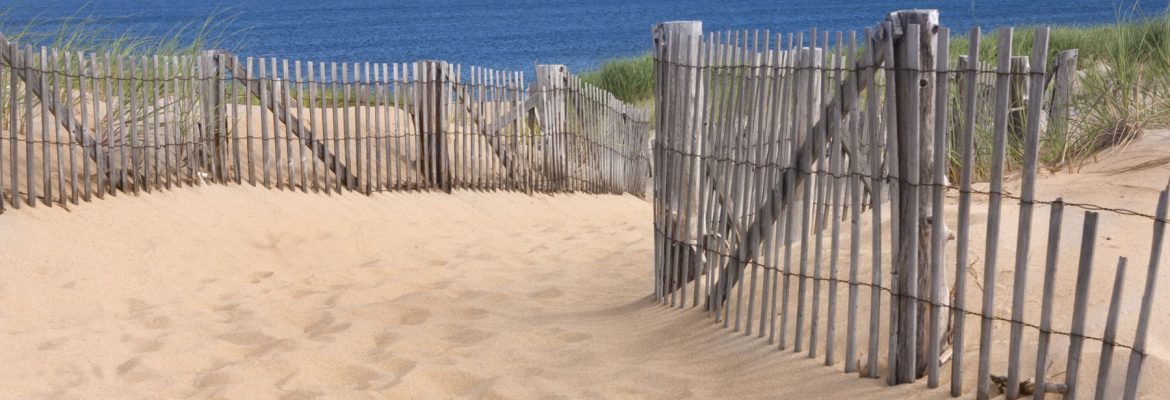Race Point Beach, Provincetown, Massachusetts, USA
To the mariner, the Cape represents both a hazard and a haven, as all shipping between Boston and New York must either pass into its sheltered bay, or ground on its treacherous shoals. The Cape has been the site of more than 3,000 shipwrecks in 300 years of recorded history. It is the shallow sand bars several hundred yards off the beach that present the greatest danger. Here is where storm driven ships ground, break into pieces under the pressure of tons of raging water, and spill their fragile contents and occupants into the bone chilling surf.
The lifesaver’s motto was, You have to go, but you don’t have to come back. Likewise, their work earned them the title, “Guardians of the Ocean Graveyard” while they were stationed on Cape Cod between 1872 and 1915.
From the onset, Native Americans and succeeding generations of Cape Codders offered aid to shipwreck victims. In 1785, the Massachusetts Humane Society initiated the world’s first organized lifesaving service. Starting in Boston Harbor with shelters and food for shipwreck survivors, the Society eventually established outposts on Cape Cod in the early 1800s. Whereas their methods and equipment were well intended, the Humane Society members were unpaid volunteers who could not provide continuous or adequate services.
In 1845, Congress took the first step toward meeting the nationwide sea rescue problem by funding private organizations like the Humane Society. Finally, in 1872, the first federally constructed and staffed lifesaving stations emerged as part of the Department of Treasury. They became the U. S. Life Saving Service. In the 1870s, nine stations were built on Cape Cod: Race Point, Highlands, Peaked Hill Bars, Pamet, Cahoon’s Hollow, Nauset, Orleans, Chatham, and Monomoy Point.
Visit USA. Epic USA Adventure route © Monika & Simon Newbound. All rights reserved 2017


